Manon de Boer in the CAM Collection
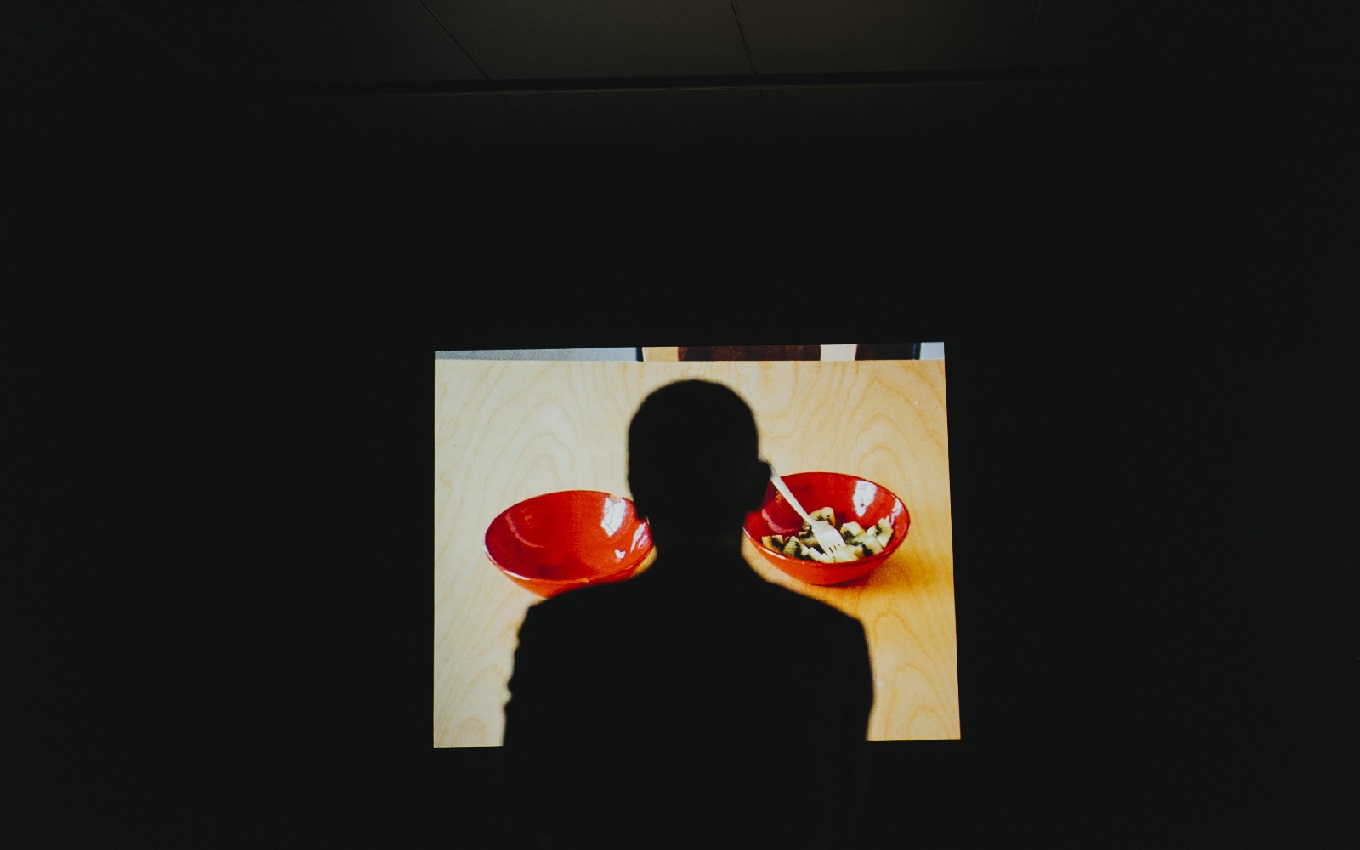
The experience of time pervades the work of Manon de Boer: an extended experience of time, firmly anchored in the conditions for creation, incessantly producing a present and a presence and resisting a normative, functional and productive concept of time, an all-encompassing time, governed by work and the production of value. Manon investigates this possibility of interrupting normative time and seeks to give an answer – or an image – to the moment at which creativity becomes manifest; a suspended, free time, in which nothing can be turned into some-thing, into anything; a fragile state of passage based on discontinuity and fragmentation, which affirms or recovers the radical nature of boredom and the urgency of leisure.
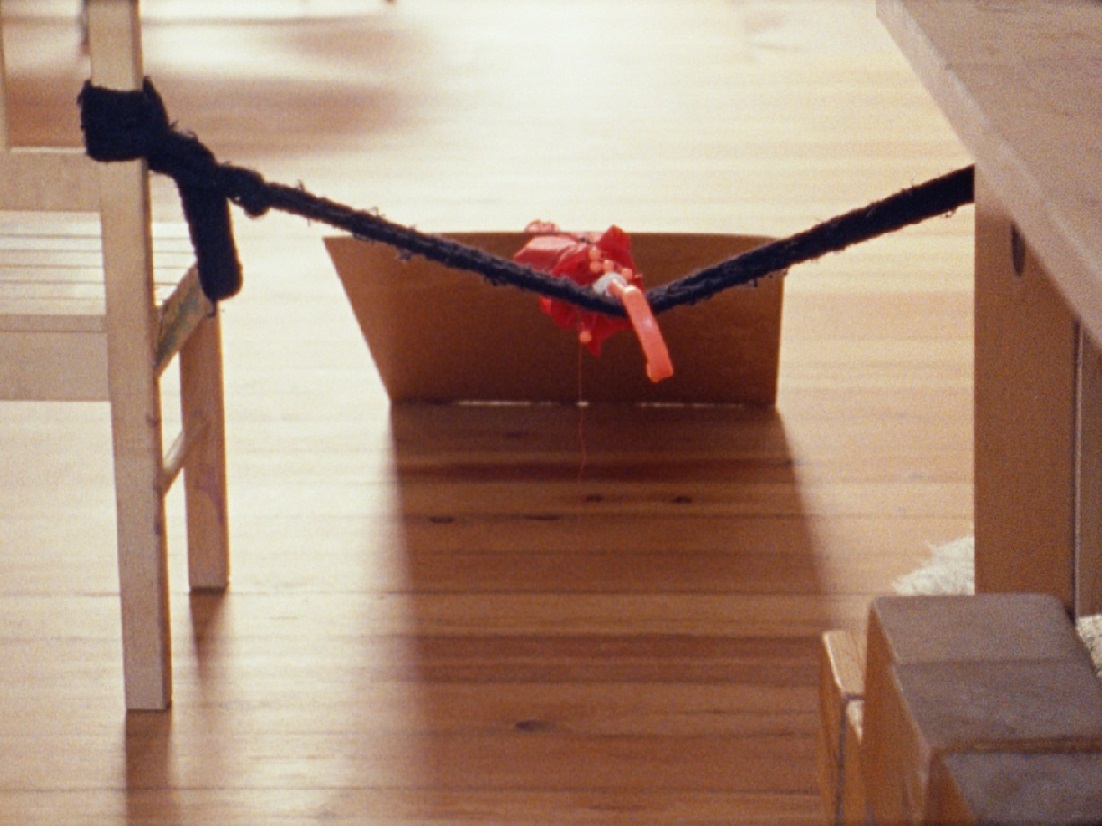
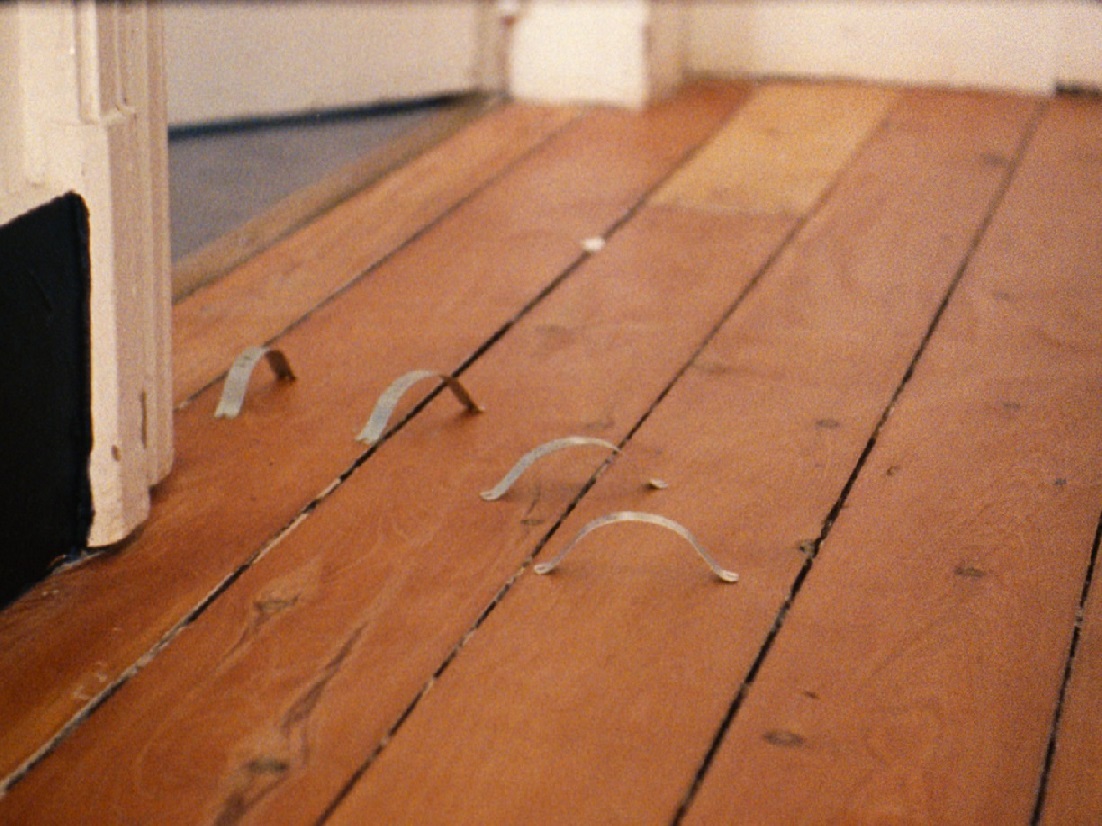
In her works – whether through capturing an action already carried out, or an action that mani-fests itself in real time in front of the camera –Manon proposes a moment that establishes a bridge between the inside and the outside, be-tween the interior (the unconscious, internal rhythm of the body, the inhabited spaces1) and the exterior (the conscious, outside the body, or outside the architectural structures that shelter us).
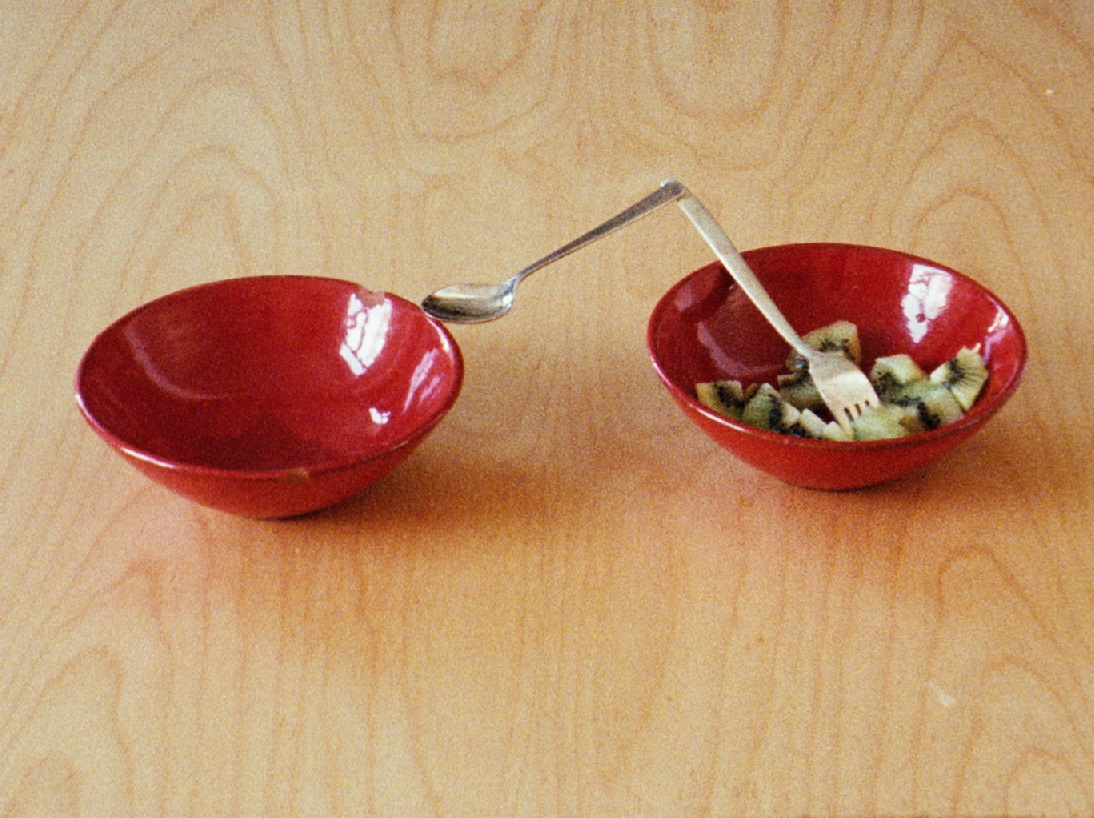
In the film The Untroubled Mind (2016) Manon wanted to anchor her first gesture in the search for that moment/time in which, from nothing, something happens, as if here nothing were already infused with some-thing. The time of childhood also comes up in The Untroubled Mind, extended in the trilogy to adolescence. Childhood and adolescence mark a time of psychic and bodily development that comes before the regulated and externalised time of the adulthood, subordinated by work, punctuated by the precise rhythm of the clock and the calendar, but also by the hierarchical organisation of writing, learnt and internalised at school. The title of the work comes from an excerpt of the book Painting, Writings, Remembrances, by Agnes Martin, in which the artist ponders inspiration and its relationship with a calm, unworried state of mind, identifying childhood as a time when tranquility and the development of sensitivity and, as a result, of inspiration, are more present. The film shows a series of construction games – as sculptures or drawings of shapes and colours in the interior space of the house – created by the artist’s son, who juxtaposes, superimposes and crosses objects over. These constructions form variable, repeated, unexpected structures, that test and trial compositions and equilibriums, recorded by the fixed camera, while also focusing on the elusive time of childhood a lost time.2 The making of the film, like the making of the constructions, carries on unconcernedly (and with time) the inventory of these forms that fleetingly inhabit the space of the house.
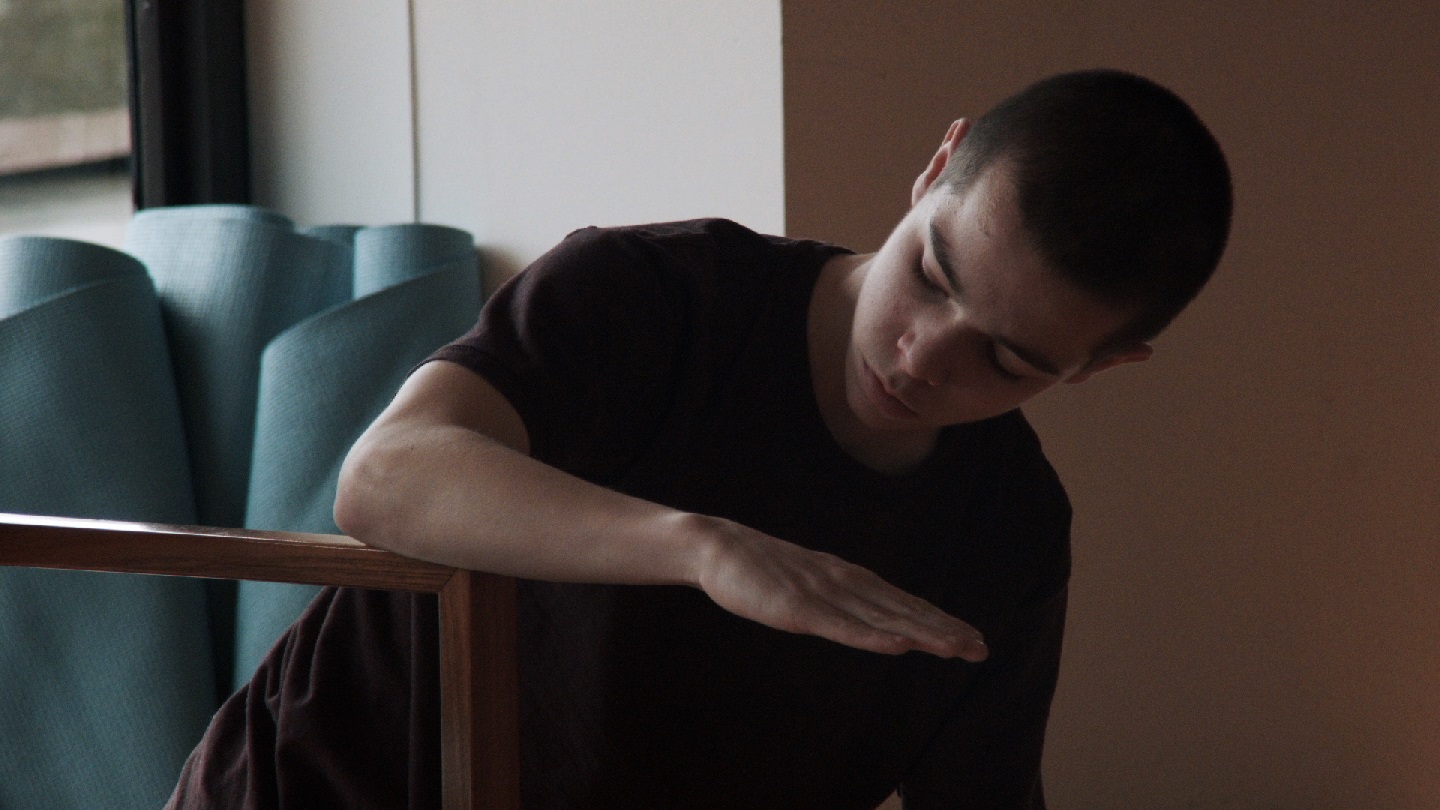
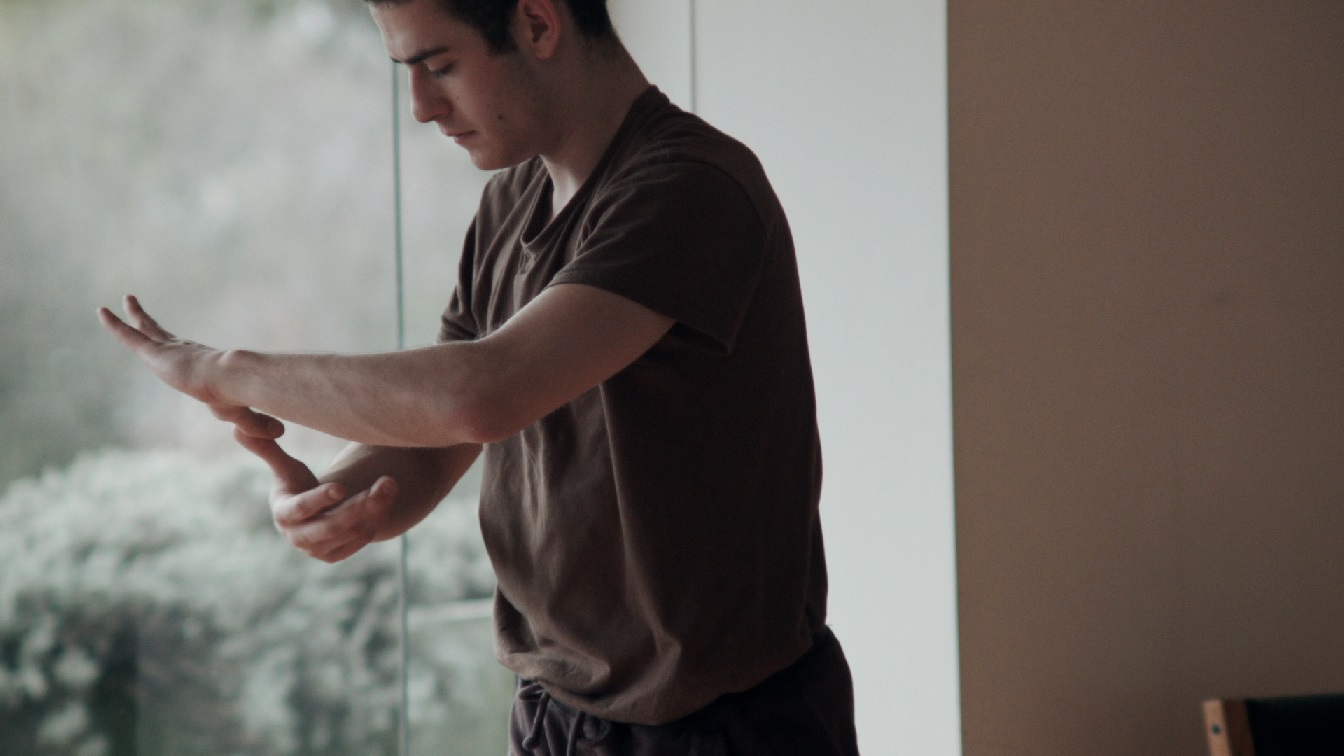
In the trilogy From Nothing to Something to Something Else (parts 1, 2 and 3), the bodies appear in an indoor space, always with a glimpse of ‘the outside’. In Caco, João, Mava and Rebecca (2019) the ‘outside’ is the city of Lisbon as seen through the window of the Gulbenkian Foundation’s building, where filming took place. Manon invites teenagers to a game of internal (de)construction and discovery, proposing improvised exercises in which they test the possibilities of creativity in the informal context of the creation of movements linked to dance Being and staying in a place, in a time that is free from direction or obvious expectation, brings about in these ‘essays’ a near dissolving of the bodies in that space – lying, leaning, sitting – with the surface of the body coming into contact with the surface of the floor and with the walls, particularly in the second and third parts of the trilogy. And the bodies breathe, they makes themselves heard from inside, without words, with no other narrative than their own existence in those places, in the world. These are eight portraits of teenagers in a time that is also elusive, revealed and fixed by the camera. There is something minimal, a reduction of presence and potency, almost a ‘before’ the action followed by the action that finally takes place, in the interval between times of rest and inaction.
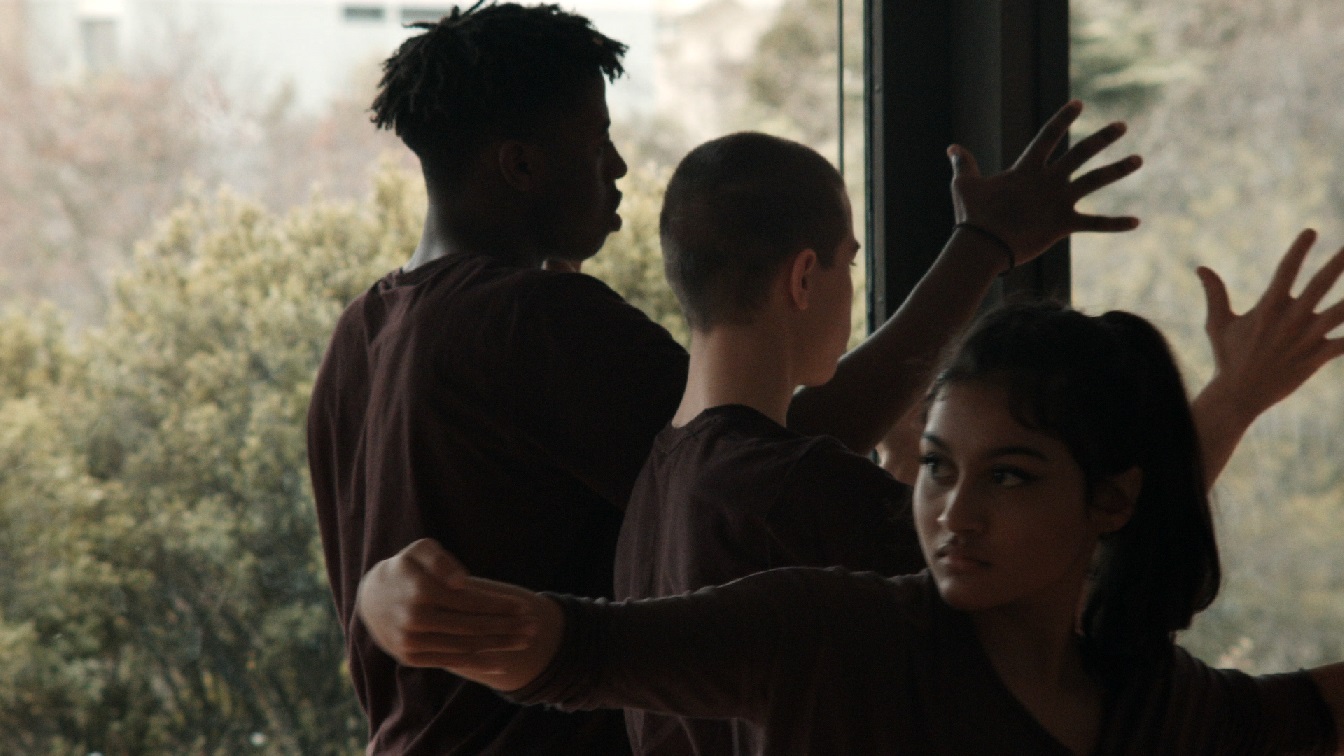
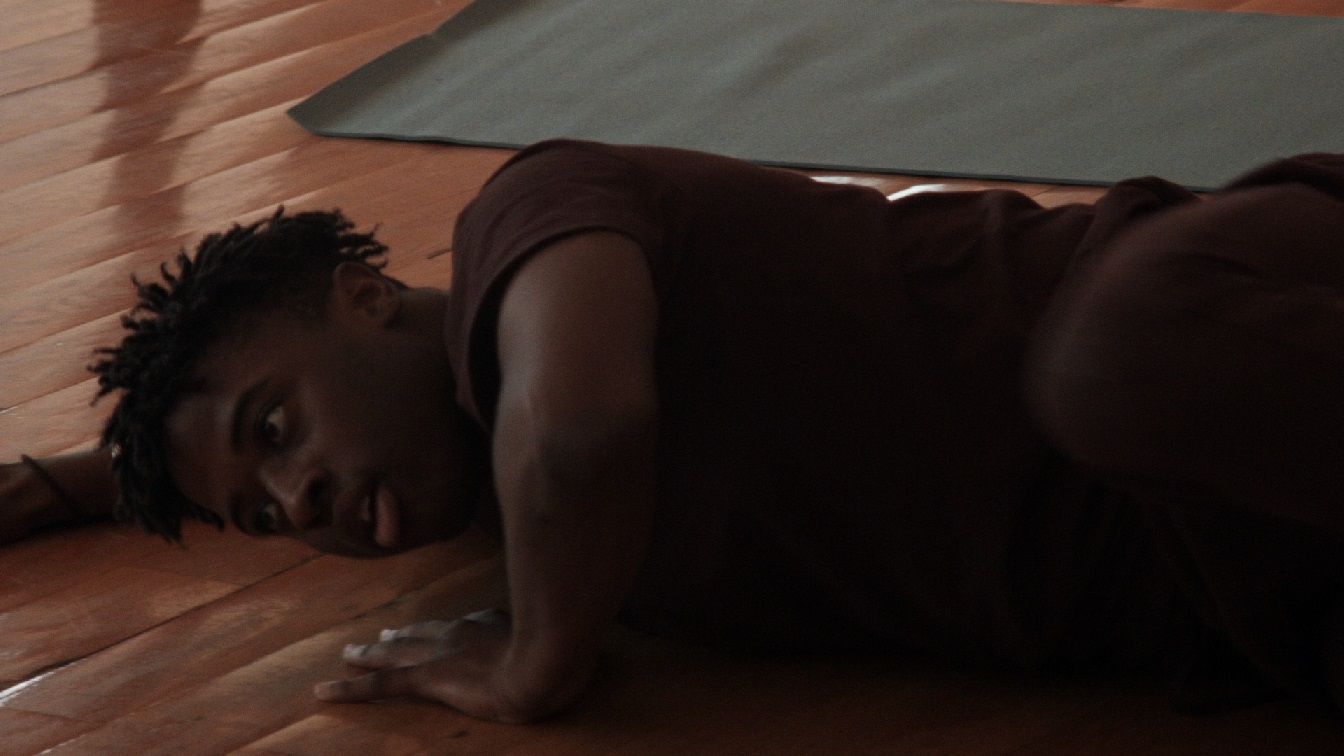
The works The Untroubled Mind and Caco, João, Mava and Rebecca were part of the exhibition Downtime/Tempo de Respiração, which took place in the Calouste Gulbenkian Museum’s Project Space in 2020, having been acquired to the CAM Collection in 2021.
Rita Fabiana
Curator